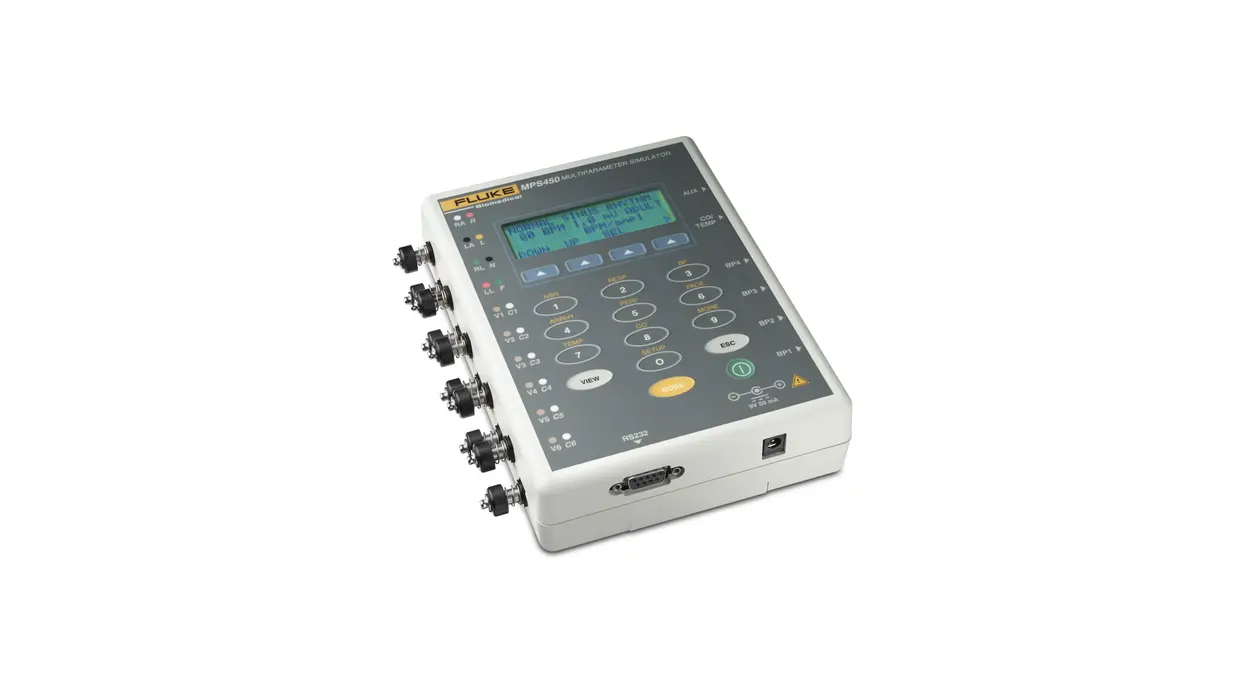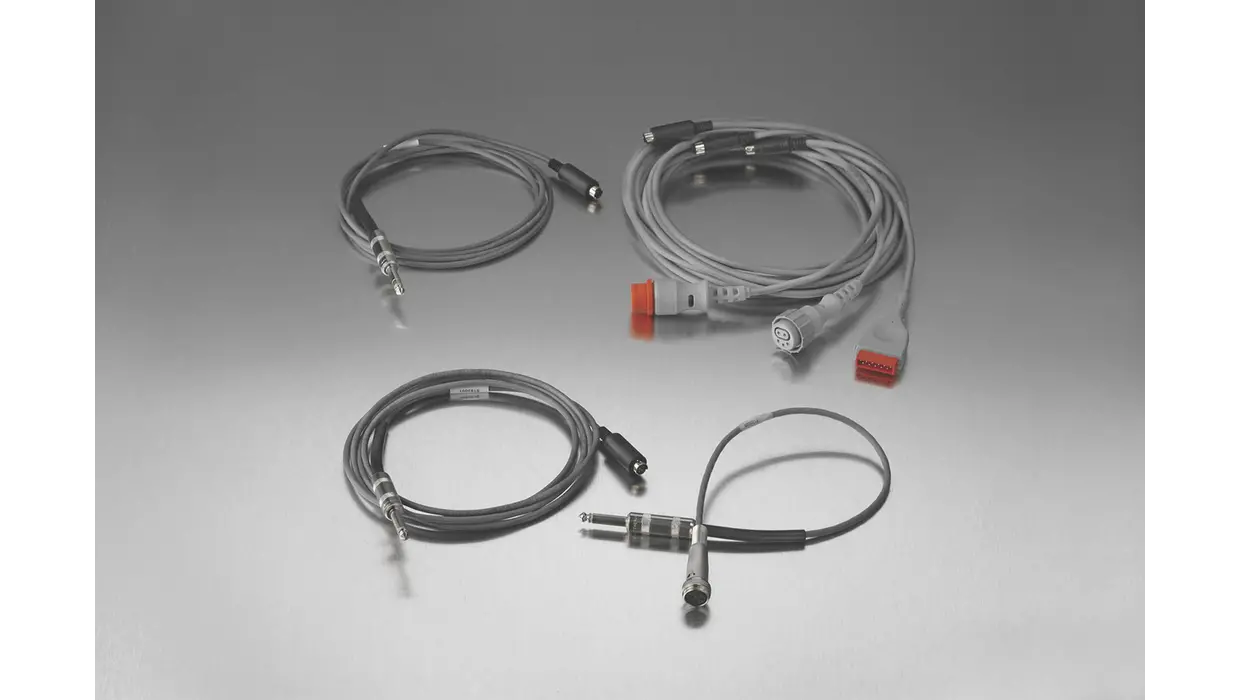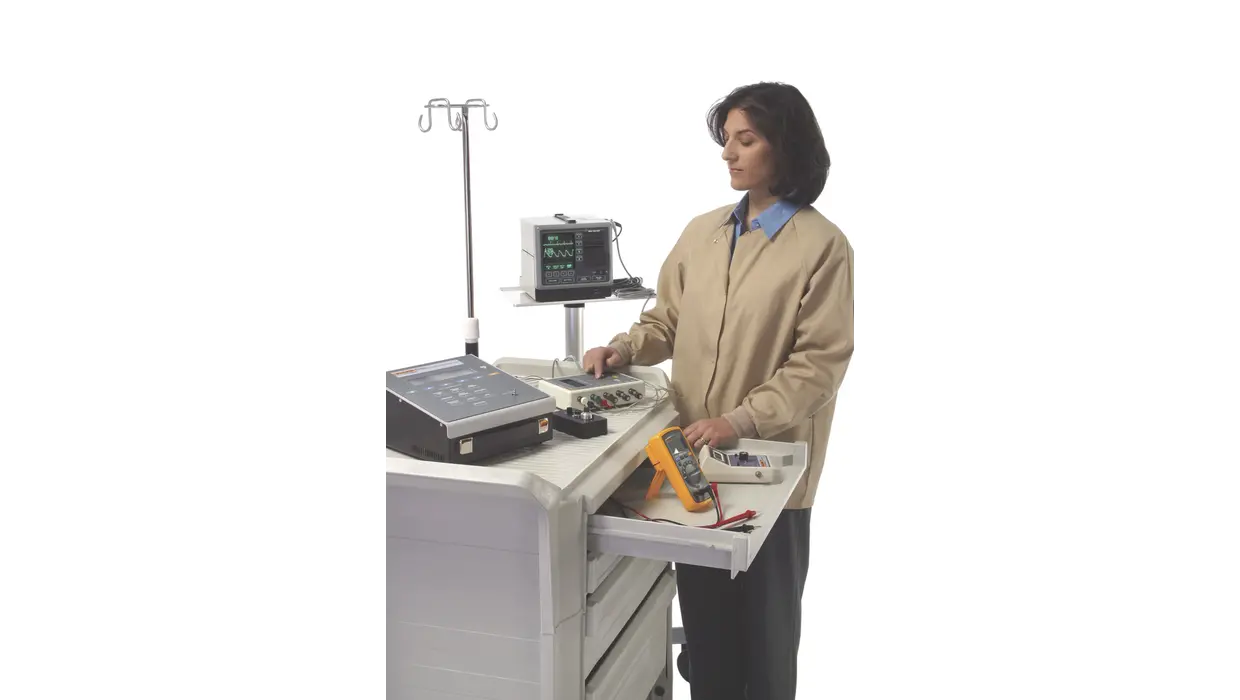The MPS450 patient simulator has been discontinued as of October 3, 2012.
Its service level is not serviced.
MPS450 patient simulator
Recommended replacement
Product Resources
mps450 Owner's Manual
MPS450 patient simulator
Documentation
Manuals
mps450 Owner's Manual
Models
View all models
Frequently asked questions
The short answer is very physiological. Each wave has been verified by cardiologists and the most demanding arrhythmia monitors to ensure the MPS450 waveforms most accurately model actual human waveforms. However, most of the electrical signals output by the MPS450 tend to repeat over time, while human signals are never identical. Therefore we cannot maintain that the waveforms are exactly human over time.



